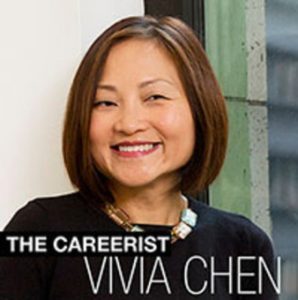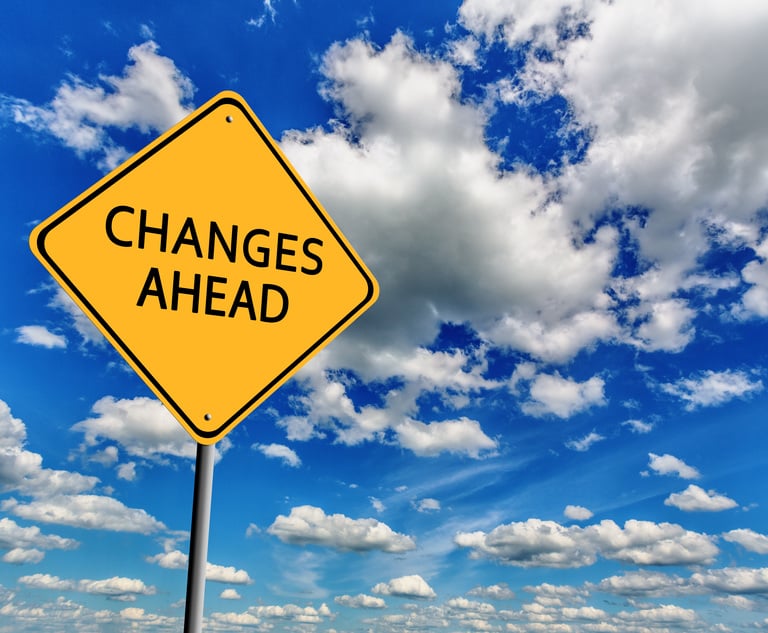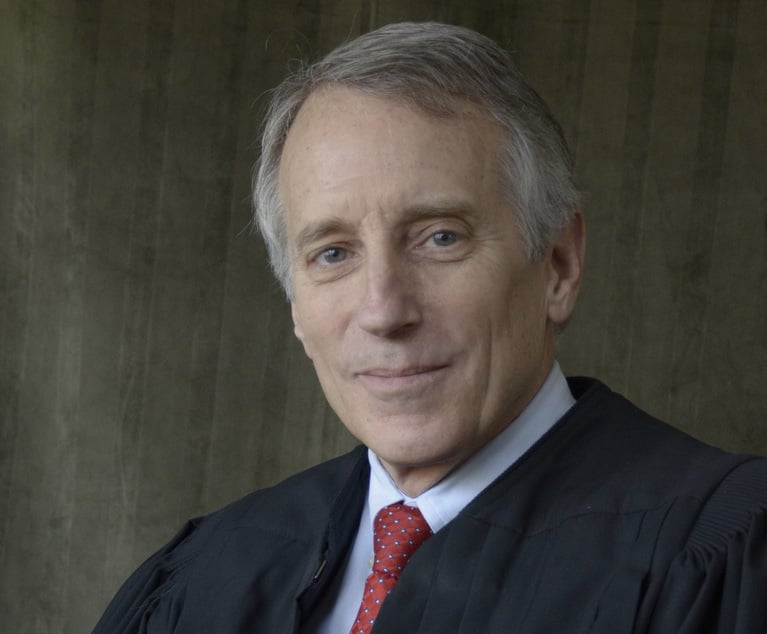But Where Are the Black Partners?
New partner classes include more women and minorities, with one glaring omission.
January 15, 2019 at 03:01 PM
4 minute read
The original version of this story was published on The American Lawyer
 Photo: Shutterstock
Photo: Shutterstock
Nothing gets firms all hot and bothered than giving one of their competitors favorable air time.
Last week, I wrote about Munger, Tolles & Olsen's crop of new partners, noting that it promoted 60 percent female or people of color. The next day, I heard from a handful of major firms that they, too, elevated new classes with noteworthy percentages of women or diverse partners.
First of all, I am more than happy to publicize these results:
- Akin Gump Strauss Hauer & Feld promoted 11 lawyers, including four women and three lawyers of color.
- Morrison & Foerster promoted 12 lawyers with an equal number of women and men in the class, including three minorities.
- O'Melveny & Myers promoted nine partners, including four women and two lawyers of colors.
- Quinn Emanuel Urquhart & Sullivan promoted 14 lawyers, including seven women and three diverse attorneys—its largest-ever partnership class.
Let me say Mazel Tov to these four firms plus Munger Tolles! Their percentage of new diverse/female partners is commendable, particularly since so few came forward. (Query: Does that mean the rest of Big Law generally have crummy results?)
 Indeed, these firms seem to be on a roll. At Akin, three of the 11 new partners took parental leave during the last year—and “all three of them were men,” according to firm spokesman Ben Harris. Moreover, one of the new partners is a woman who “worked primarily on a reduced workload schedule and continues to after being promoted to partner.” And in the last five years, women have represented more than 40 percent of new partners at both Morrison & Foerster and O'Melveny. (It's also worth noting that O'Melveny and Munger Tolles both provide on-site child care facility.)
Indeed, these firms seem to be on a roll. At Akin, three of the 11 new partners took parental leave during the last year—and “all three of them were men,” according to firm spokesman Ben Harris. Moreover, one of the new partners is a woman who “worked primarily on a reduced workload schedule and continues to after being promoted to partner.” And in the last five years, women have represented more than 40 percent of new partners at both Morrison & Foerster and O'Melveny. (It's also worth noting that O'Melveny and Munger Tolles both provide on-site child care facility.)
Larren Nashelsky, chair of Morrison & Foerster, says: “I am proud that in the last five years we have promoted 29 women to partner, representing 48 percent of our total partner promotions.”
All admirable results, except for one glaring omission: black partners. With the very notable (and noticeable) exception of Akin, which promoted a black woman to partner this year, none of the others that touted their diversity records did so.
More distressing is that new black partners also appear absent in firms with huge partnership classes this year. For instance, neither White & Case (41 new partners) nor Jones Day (46 new partners) seems to have elevated any blacks. Women, by contrast, fared quite well at both firms—19 new female partners at White & Case and 22 at Jones Day. And, yes, there were Asians and Hispanics in the mix, too. White & Case did not respond to inquiries about minorities in its new class. Jones Day did not return messages seeking comment.
Sadly, we know from recent studies on diversity in the profession that black equity partners are rare. The National Association for Law Placement's latest data shows that black partner rates have barely changed since 2009, and the rate of black associates still hasn't recovered since that recession. Another study by Vault/Minority Corporate Counsel Association finds that the rate of black lawyers promoted to partner last year—2.3 percent—was actually the lowest to date. And if the new partner announcements so far are any indication, this year could be just as depressing or worse.
As I said, it's a relief that there's finally some movement on the women and diversity front (for some). But doesn't that make the lack of progress for black lawyers even more conspicuous? Sometimes, I get the impression that we just don't want to talk about this problem.
Anyway, I hope I've simply just missed a bunch of new black partners announcements at major firms. Or maybe some firms are just holding back to surprise us.
In the meantime, if you know any new black partners on the horizon, give me a shout. Because it's definitely newsworthy.
Contact Vivia Chen at [email protected]. On Twitter: @lawcareerist.
This content has been archived. It is available through our partners, LexisNexis® and Bloomberg Law.
To view this content, please continue to their sites.
Not a Lexis Subscriber?
Subscribe Now
Not a Bloomberg Law Subscriber?
Subscribe Now
NOT FOR REPRINT
© 2025 ALM Global, LLC, All Rights Reserved. Request academic re-use from www.copyright.com. All other uses, submit a request to [email protected]. For more information visit Asset & Logo Licensing.
You Might Like
View All
Change Is Coming in the Trump Era. For Big Law, Change Is Already Here
6 minute read

'If the Job Is Better, You Get Better': Chief District Judge Discusses Overcoming Negative Perceptions During Q&A

The Growing Antitrust Scrutiny of DraftKings and FanDuel
Trending Stories
- 1Pro Hac Vice in Georgia: Rule Change for Nonresident Attorneys
- 2The Benefits of E-Filing for Affordable, Effortless and Equal Access to Justice
- 3AI and Social Media Fakes: Are You Protecting Your Brand?
- 4A Primer on Using Third-Party Depositions To Prove Your Case at Trial
- 5‘Catholic Charities v. Wisconsin Labor and Industry Review Commission’: Another Consequence of 'Hobby Lobby'?
Who Got The Work
J. Brugh Lower of Gibbons has entered an appearance for industrial equipment supplier Devco Corporation in a pending trademark infringement lawsuit. The suit, accusing the defendant of selling knock-off Graco products, was filed Dec. 18 in New Jersey District Court by Rivkin Radler on behalf of Graco Inc. and Graco Minnesota. The case, assigned to U.S. District Judge Zahid N. Quraishi, is 3:24-cv-11294, Graco Inc. et al v. Devco Corporation.
Who Got The Work
Rebecca Maller-Stein and Kent A. Yalowitz of Arnold & Porter Kaye Scholer have entered their appearances for Hanaco Venture Capital and its executives, Lior Prosor and David Frankel, in a pending securities lawsuit. The action, filed on Dec. 24 in New York Southern District Court by Zell, Aron & Co. on behalf of Goldeneye Advisors, accuses the defendants of negligently and fraudulently managing the plaintiff's $1 million investment. The case, assigned to U.S. District Judge Vernon S. Broderick, is 1:24-cv-09918, Goldeneye Advisors, LLC v. Hanaco Venture Capital, Ltd. et al.
Who Got The Work
Attorneys from A&O Shearman has stepped in as defense counsel for Toronto-Dominion Bank and other defendants in a pending securities class action. The suit, filed Dec. 11 in New York Southern District Court by Bleichmar Fonti & Auld, accuses the defendants of concealing the bank's 'pervasive' deficiencies in regards to its compliance with the Bank Secrecy Act and the quality of its anti-money laundering controls. The case, assigned to U.S. District Judge Arun Subramanian, is 1:24-cv-09445, Gonzalez v. The Toronto-Dominion Bank et al.
Who Got The Work
Crown Castle International, a Pennsylvania company providing shared communications infrastructure, has turned to Luke D. Wolf of Gordon Rees Scully Mansukhani to fend off a pending breach-of-contract lawsuit. The court action, filed Nov. 25 in Michigan Eastern District Court by Hooper Hathaway PC on behalf of The Town Residences LLC, accuses Crown Castle of failing to transfer approximately $30,000 in utility payments from T-Mobile in breach of a roof-top lease and assignment agreement. The case, assigned to U.S. District Judge Susan K. Declercq, is 2:24-cv-13131, The Town Residences LLC v. T-Mobile US, Inc. et al.
Who Got The Work
Wilfred P. Coronato and Daniel M. Schwartz of McCarter & English have stepped in as defense counsel to Electrolux Home Products Inc. in a pending product liability lawsuit. The court action, filed Nov. 26 in New York Eastern District Court by Poulos Lopiccolo PC and Nagel Rice LLP on behalf of David Stern, alleges that the defendant's refrigerators’ drawers and shelving repeatedly break and fall apart within months after purchase. The case, assigned to U.S. District Judge Joan M. Azrack, is 2:24-cv-08204, Stern v. Electrolux Home Products, Inc.
Featured Firms
Law Offices of Gary Martin Hays & Associates, P.C.
(470) 294-1674
Law Offices of Mark E. Salomone
(857) 444-6468
Smith & Hassler
(713) 739-1250








